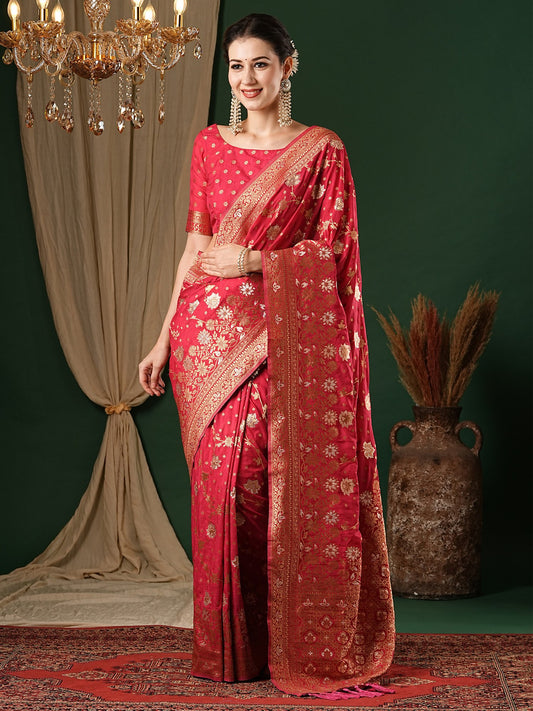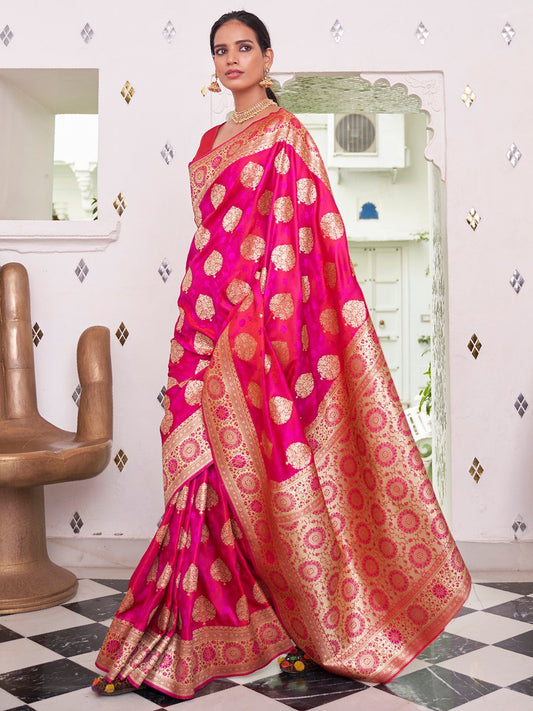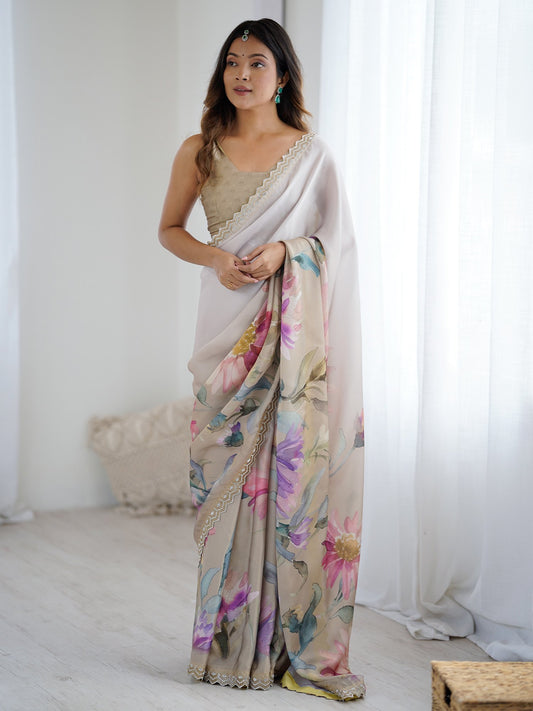What Makes Kanjeevaram Sarees So Special?
For centuries, the Kanjeevaram saree has held a revered place in the hearts of Indian women, and indeed, connoisseurs of exquisite textiles worldwide. More than just an attire, it's a legacy woven in silk and gold, a testament to unparalleled craftsmanship and a symbol of timeless elegance. But what exactly makes these sarees so special, so coveted, and so enduringly fashionable?
The magic of a Kanjeevaram lies in a confluence of factors, each contributing to its unique charm and unparalleled quality.
The Silk: A Foundation of Luxury
At the very core of a Kanjeevaram's distinction is the silk itself. Traditionally, these sarees are woven from pure mulberry silk threads sourced from South India. This particular silk is known for its exceptional strength, natural sheen, and ability to hold vibrant dyes beautifully. The threads are carefully twisted and processed, giving the fabric a remarkable drape and a luxurious feel against the skin. It's this high-quality silk that contributes to the saree's famous durability, often passed down through generations.
The Weave: A Symphony of Skill
The weaving technique employed for Kanjeevaram sarees is a labor of love and immense skill. What sets it apart is the "korvai" weave, a unique interlocked weft technique where the body of the saree is woven separately from the border and pallu (the decorative end piece). This meticulous process ensures that the border and pallu are not merely attached but intricately woven into the body, creating a seamless and incredibly strong join. This distinct feature is often visible from the reverse of the saree, a hallmark of authenticity.
The Designs: A Story in Every Thread
Kanjeevaram designs are a rich tapestry of cultural heritage and artistic expression. Inspired by temple architecture, ancient scriptures, natural motifs, and mythological tales, each pattern tells a story. From traditional motifs like peacocks, elephants, mangoes (paisley), and chakras (wheels) to intricate floral vines and celestial figures, the designs are elaborate and meaningful. The use of pure gold or silver zari (metallic thread) further elevates these designs, adding a captivating shimmer and undeniable grandeur.
The Zari: The Gleam of Precious Metal
One of the most distinguishing features of a Kanjeevaram saree is the lavish use of zari. Unlike many other silk sarees where metallic threads might be artificial, genuine Kanjeevaram sarees traditionally incorporate pure gold or silver zari. This isn't just about opulence; the pure metallic threads add to the saree's weight, drape, and most importantly, its lasting value and brilliance. The way the zari catches the light creates a truly mesmerizing effect, making these sarees ideal for celebratory occasions.
The Weight and Drape: A Regal Presence
Due to the pure silk and significant use of zari, Kanjeevaram sarees possess a certain weight and stiffness when new. However, with each wear and wash, they soften beautifully, developing a graceful drape that elegantly contours the body. This inherent weight contributes to the saree's regal presence, making the wearer feel effortlessly majestic.
An Investment in Heritage
Owning a Kanjeevaram saree is more than just acquiring a piece of clothing; it's an investment in a timeless piece of art, a heritage product that carries centuries of tradition and skill. These sarees are often considered heirlooms, cherished and passed down through families, carrying with them stories and memories.
In a world of fleeting fashion trends, the Kanjeevaram saree stands as an unwavering beacon of tradition, artistry, and enduring beauty. It is a garment that celebrates craftsmanship, embodies luxury, and truly makes every woman who wears it feel special.





